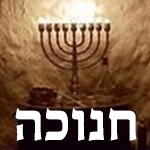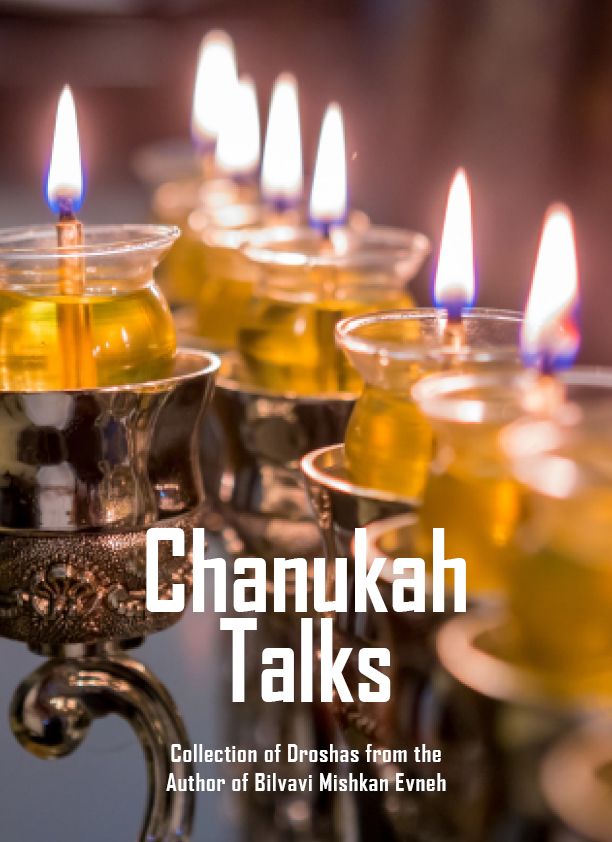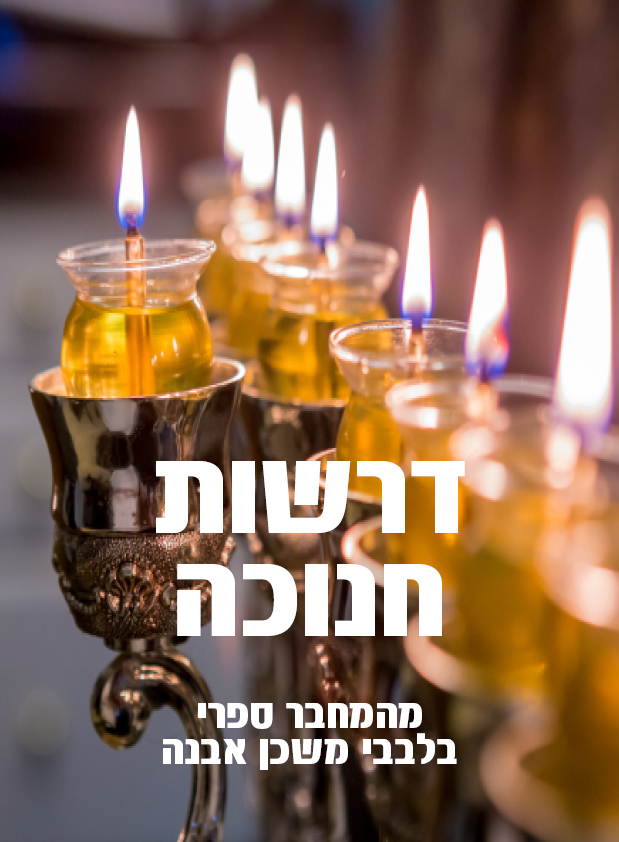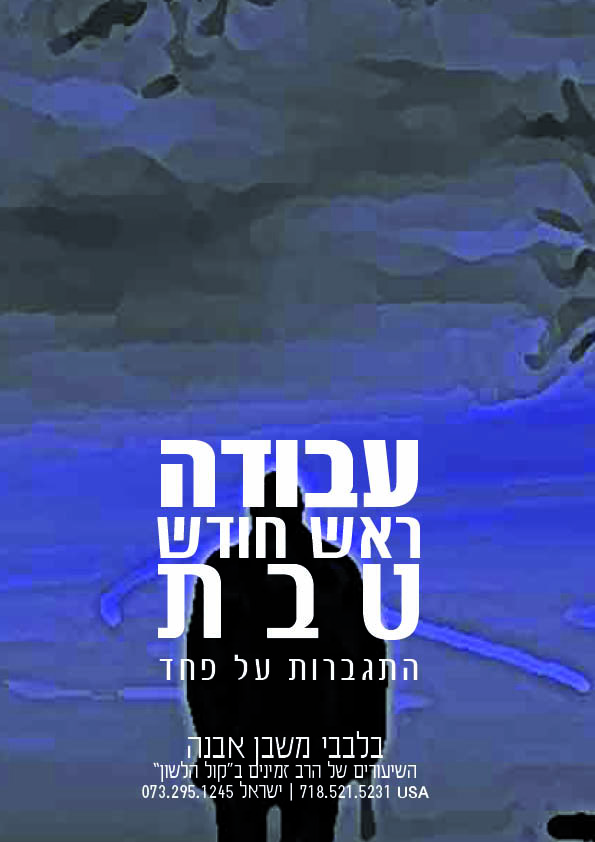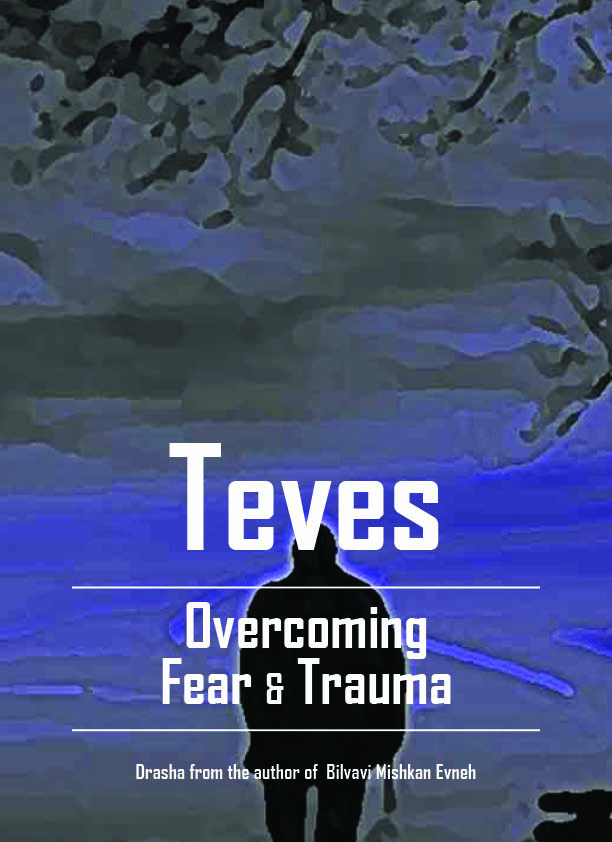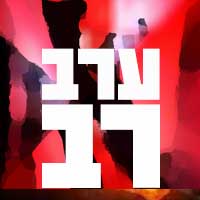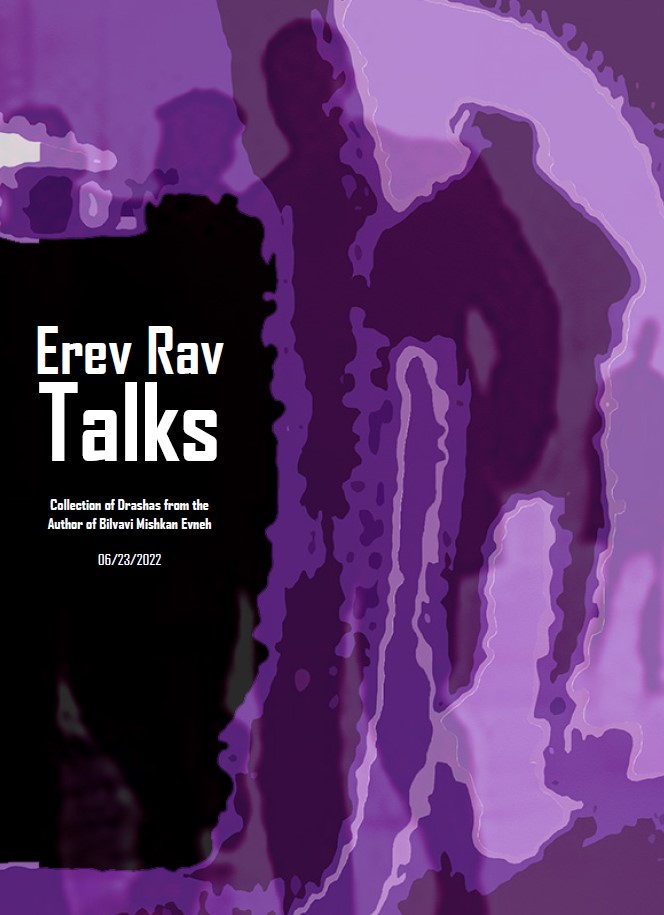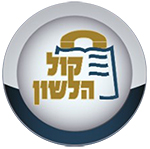- להאזנה סוכות 019 לולב ואתרוג מיהו הראשון תשע
019 Depth of the Lulav & Esrog
- להאזנה סוכות 019 לולב ואתרוג מיהו הראשון תשע
Succos - 019 Depth of the Lulav & Esrog
- 3961 reads
- Printer-friendly version
- שלח דף במייל
The Lulav Corresponds To Yitzchok or Yosef
The Midrash compares the Four Species to Avraham, Yitzchok, Yaakov and Yosef.[1] The esrog corresponds to Avraham, the lulav corresponds to Yitzchok, the hadassim to Yaakov, and the aravos to Yosef. However, the Zohar says that the lulav corresponds to Yosef[2].
The Midrash also states that the Four Species correspond to four different parts of the body.[3] The lulav corresponds to the spine, the hadassim correspond to the eyes, the aravos correspond to the mouth (the lips), and the esrog corresponds to the heart. Here we will focus on how the lulav corresponds to the spine.
Lulav Corresponds To the Spine & Yitzchok Avinu
The Gemara says that there are 18 interlocking points in the spine.[4] The human spine and the animal spine have the same general structure. The Rambam writes that the spine is connected to the brain by a chord, which has a protective shell.[5] This chord allows the brain’s life-giving energy (chiyus) to extend through the spine. It extends the energy from the upper section of the body into the lower section of the body.
The lulav also bears this correspondence. The leaves of the lulav, which extend upwards from the spine of the lulav, correspond to the chord that connects the spine with brain. Just as the brain is soft tissue and the spine is hard, so are the leaves of the lulav soft and the spine of the lulav is hard. The highest part of the spine is above the brain, and it is parallel to the where the tefillin are placed [directly behind the skull]. This is called the “luz bone”, where the Resurrection of the Dead begins from.[6]
As mentioned earlier, the lulav corresponds with Yitzchok, and just as Yitzchok experienced a degree of the Resurrection of the Dead [when he was tied to the Altar, his soul left him and Hashem returned his soul to him], so does the lulav correspond to the Resurrection of the Dead [for the lulav corresponds to the spine, and the top of the spine is the luz bone, where the Resurrection of the Dead begins from].
Here we will see that there are two aspects to the lulav: the spine, and the leaves. The spine of the lulav corresponds to Yosef. The spine itself does not extend upward, it does not ascend, and so does Yosef represent the concept of non-ascension. The leaves of the spine of the lulav correspond to Yitzchok, and just as the leaves ascend upward, so did Yitzchok ascend upwards, when he was sanctified as an olah at the Altar.
Is the The Lulav or the Esrog More Prominent?
When listing the order of the Four Species, the Torah first lists the esrog, then the lulav, and then the hadassim and aravos. However, when the Mishnah discusses the laws of the Four Species, the Mishnah first discusses the laws of the lulav, whereas the laws of the esrog are described last. This needs understanding.
There appears to be a novel concept here. We must say that there are two aspects to the esrog. In one aspect, the lulav is more prominent than the esrog, and in the other aspect, the esrog is more prominent than the lulav. We shall explain how.
Lulav\Line and Esrog\Circle
The shape of the esrog is similar to the shape of a skull, whereas the shape of the lulav resembles a spine. If an esrog is as round as a ball, it is invalid for use. However, a skull is not perfectly round. The skull is not the brain, it is above the brain. The brain is above the spine, and the skull is above the brain. In contrast with this, the lulav must be straight, and if it is bent too much and it resembles a chisel, it is invalid. (The hadassim and aravos though are kosher for use if they are bent or crooked.)
Clearly, we can see the difference between the spine\lulav and the skull\esrog. The straight shape of the lulav, which resembles the spine, represents the concept of yashrus, uprightness [also called yoisher, the “line”, of Creation]. The round shape of the esrog, which resembles the skull, represents the concept of igul, the “circle” (or the equalization, or equilibrium) of Creation, where all points are equidistant from the center.
[In terms of the two Messiahs, which correspond to the lulav\Yosef and esrog\Dovid]: The lulav corresponds to Yosef, and the esrog corresponds to Moshiach ben Dovid. From the viewpoint of Moshiach ben Yosef, the lulav comes before the esrog [meaning that yoisher\line\straightness\uprightness is more prominent than igul\circle\roundness\equilibrium] but from the viewpoint of Moshiach ben Dovid, the esrog comes before the lulav [meaning that igul is more prominent than yoisher].
The Gemara says the blessing over the Four Species is recited over the lulav, since it is the tallest of the four species [hence it appears the most prominent]. The Gemara asks: Why don’t we lift the esrog above the lulav, and then make the blessing over the esrog? The Gemara answers that it is because the esrog must be held together with the lulav when reciting the blessing, so the esrog cannot be placed higher than the lulav.
We can learn from this that the Gemara originally thought that there is no requirement to hold the esrog together with the lulav when reciting the blessing, and that is why the Gemara thought that perhaps the esrog can be placed higher than the lulav. The Arizal wrote explicitly, however, that the lulav and esrog need to be held together. The Shulchan Aruch rules that they must be held together.
However, it seems that in the future, the blessing of the Four Species will be over the esrog. The Gemara’s original thinking, that the esrog should be placed above the lulav, is really about the future. The halachah in our times is that the blessing is made over the lulav, but this is because we live in a world after the sin. That is also why the Mishnah first discusses the laws of the lulav before the esrog.
In our times, the lulav corresponds to Yosef, while the esrog corresponds to Dovid. Yosef corresponds to the concept of yesod, foundation, while Dovid corresponds to malchus, royalty. In our times, lulav\Yosef\yesod is more prominent than esrog\Dovid\malchus. In Hashem’s four-letter name of havayah, the letter heh corresponds to the esrog, and the letter vov corresponds to the lulav.
Our avodah nowadays is in yoisher, also called kav, the “line”, which also connotes a war with the evil inclination. This is depth of what Chazal say, “We have been victorious”. But in the higher dimension, the esrog precedes the lulav, meaning that esrog\igul\Dovid\malchus is more prominent than lulav\yoisher\kav\Yosef\yesod. This will be manifest in the future, when Moshiach ben Dovid will rule, when the world will return the state of before the sin, when the bark of the tree tasted like its fruit – because the entire world will be at equilibrium. That is why the esrog is round, like the round skull which is above the spine, above the place where the body receives life-giving energy from, and above even the brain, the source of the spine, where the spinal cord extends from.
In our times, a round esrog is invalid for use. But in the future, it will be kosher for use. The esrog in our times is less prominent than the lulav, hence the esrog is subservient to the lulav in our times – and that is what causes the esrog not be to be perfectly round.
Two Kinds of Life – Lulav\Straightness\Choosing, and Esrog\Roundness\Equilibrium
The word lulav is equal in numerical value to the word chaim (life), which is 68. The word esrog is equal to 610, which is almost equal to 9 times the amount of 69 (612). The lulav and esrog have different aspects of chiyus, of life-giving energy.
Both a dry esrog and a dry lulav are invalid for use. An esrog is deemed too dry if a needle and string can pass through it or not, meaning that its dryness is measured by how moist it is. Concerning the lulav, though, there are three different opinions of what defines a dry lulav: Either if it is 12 months old, or if it is easily broken from the touch of a fingernail, or if its green color has whitened.
A lulav is straight, for it resembles the spine. On a deeper level, this corresponds to the idea of bechirah, to choose, between good and evil. Since the lulav corresponds to chaim\life, and the Torah says that one should “choose life”, the straightness of the lulav represents the “line” that one must find between the two points of good and evil, of life and death. Often a person needs to take the middle path, as the Rambam says.
The other kind of “life” is represented by the esrog. The round shape of the esrog, which corresponds to the skull, represents a kind of life where one is naturally pulled after good. The esrog stays on the tree from year to year, and it does not fall to the ground like the fruit of all other trees. It is the very opposite idea of the lulav, which becomes too dry after 12 months. The esrog represents the state of before the sin, when there was no death yet, where there was only eternity. After the sin, there was death, and now our life depends on how we utilize our bechirah. Through using our bechirah correctly, we draw forth life.
Now that we are after the sin, the esrog can also “die” [i.e. it can become dry], but even when the esrog dies\dries, it hints that its main role is to draw forth life on its own – how so? Its dryness is determined by how moist it is, and moisture is from the element of water, which corresponds to eternal life, for water comes to a person without any exertion and preparation to get it, and also, it comes from Heaven, as opposed to being produced from the ground. It also can be consumed the way it is, unlike bread, which needs to be baked first. It also does not have to be digested.
In the lulav, however, a lack of moisture does not show that it is dry. The lulav is not meant to be eaten, hence its moisture or lack thereof does not define its aliveness.
Earlier, we mentioned that the Resurrection of the Dead will begin from the luz bone, which is parallel to the place [behind the skull] where the tefillin is placed. This is the top of the spine. Thus, the Resurrection of the Dead is linked with the lulav, as opposed to the esrog. The esrog corresponds to the point before the sin, as mentioned earlier [hence the Resurrection of the Dead is not linked with the esrog, for the esrog is rooted in the point where there is no sin and hence no “death”].
The Midrash says that a lulav has a taste with no scent. Taste corresponds to eating, and eating is linked with Adam HaRishon. The lulav’s taste is its fruit, which are dates. Chazal state that one should cleave to Hashem as two dates which cling to one another.[7] As is known, the purpose of the Melaveh Malka meal is to give enjoyment to the luz bone. It is a higher form of enjoyment. The luz bone did not partake in Adam’s act of eating from the Tree of Knowledge, hence it enjoys a higher form of pleasure. The meal of the Melaveh Malka is not enjoyed by a person on physical level, and only the luz bone enjoys it. It is an act of eating which is undamaged from sin, and that is why the luz bone has enjoyment in it.
In Conclusion
When the lulav and esrog will be joined together in the future, it will be the joining of Yosef (lulav) with Yehudah (esrog).
Nowadays, we bind together three of the Four Species, and the esrog is not included in this. But in the future, the esrog will be joined together with the other three species, and the esrog will also be held above all of them, and the blessing will be over the esrog. “And they will become unified, in your hands.”[8]
[This drasha was translated from the audio file:
סוכות_019_לולב ואתרוג מיהו הראשון
which was printed in the 2 set volume:
ספר "מועדי השנה – בלבבי משכן אבנה" כרך א' עמ' תמו-תנב]
NOTE: Final english versions are only found in the Rav's printed seforim »


